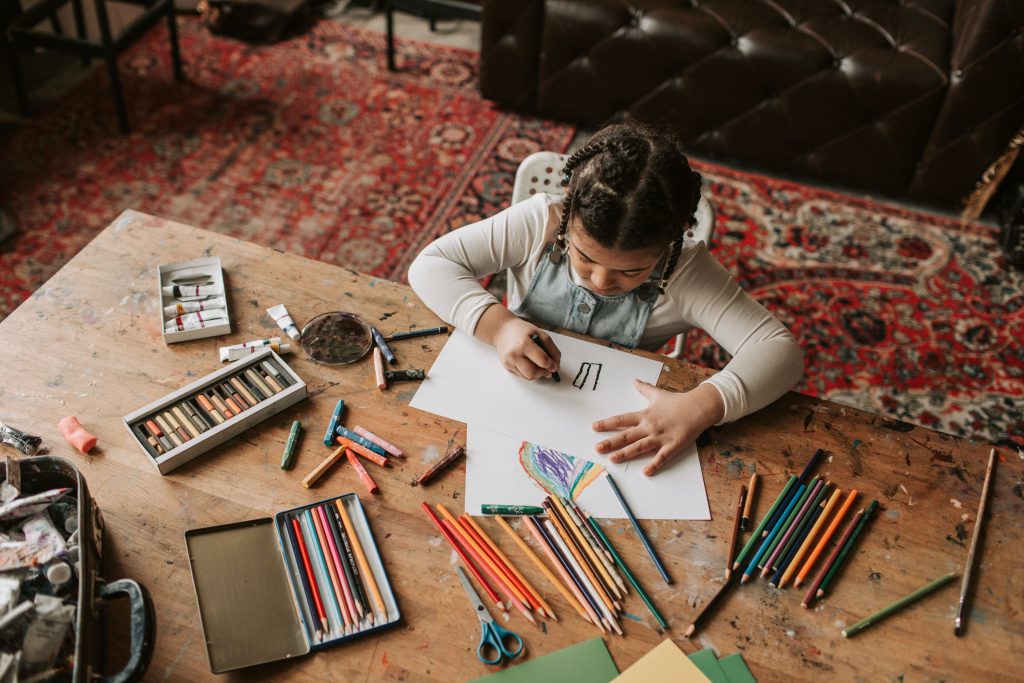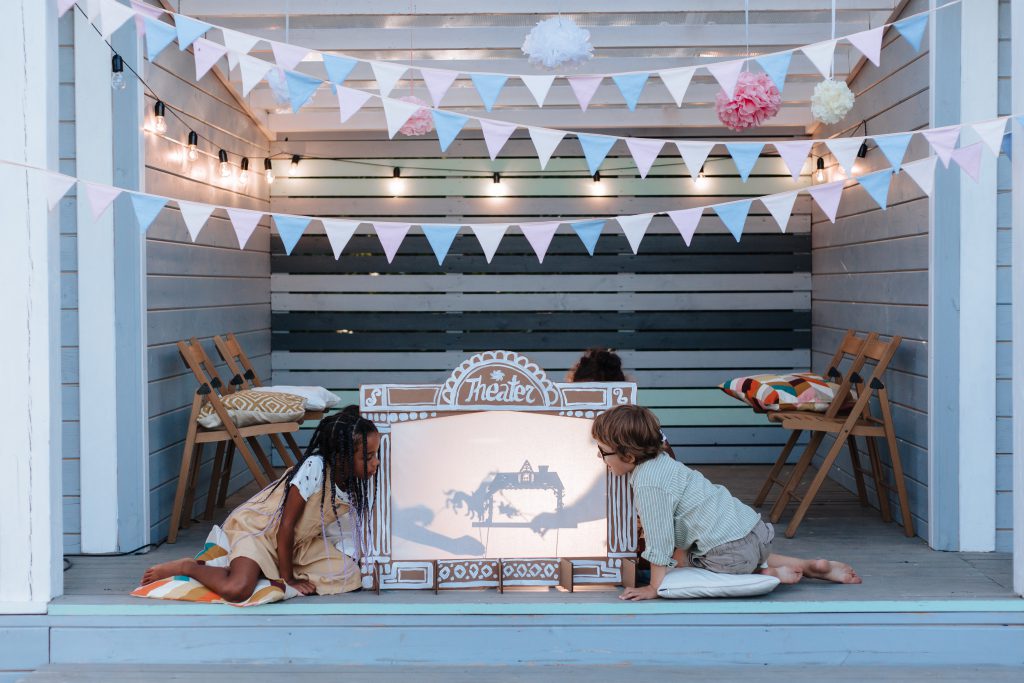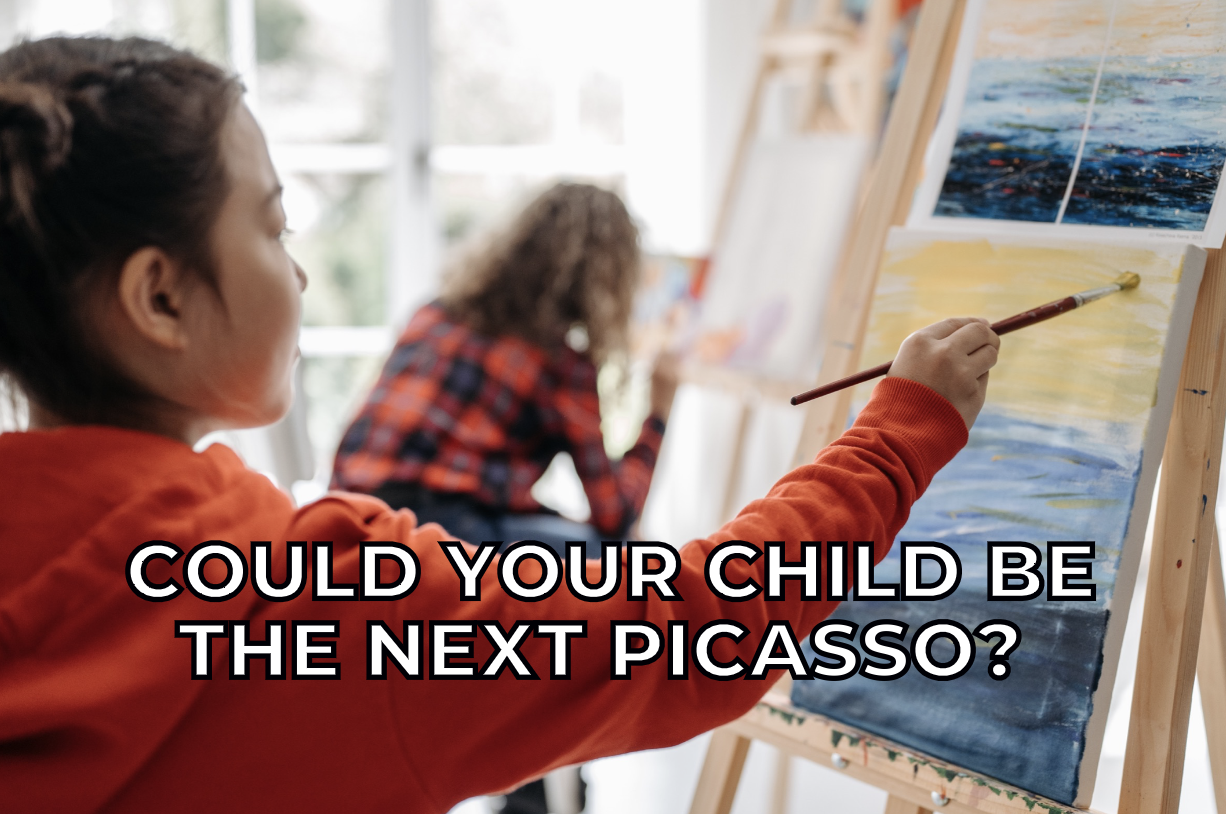Lights, camera, and action! Got a child who shows interest and talent in the arts? Helping them foster their creative side will be essential to develop the ability to express themselves and communicate their emotions, thoughts, and experiences. It can also help them discover a newfound passion (that could even lead to a potential professional career!)
Every day there are more opportunities and resources to explore and pursue all forms of artistic expression, so here are 5 Schola-approved tips to encourage your child’s creativity in and out of school:
1. Inspire Creative Thinking
Let’s start thinking outside the box! Being creative thinkers allows us to be more flexible, adaptable, and become better problem solvers in our professional and personal lives. You can help inspire your child’s creativity by challenging them to repurpose household objects differently (who knew your emptied-out jam jars could become plant pots or pencil holders!) Choose an area in your house and set it up as their mini art studio; this way, they will know there is a safe spot to explore new art forms and work on their creative projects. Another way to ignite their creativity is to witness other artists at work! Visit the theater, concerts, museums, or festivals to show them that being creative can lead to an exciting career.
2. Display and Discuss Their Artwork
When we feel proud of our work, it inspires us to achieve more, communicate better, and build upon each other’s strengths. For example, if your child shows artistic talent, focus on teaching them to respect and value their work and also the work of others. Discuss their creations, offer assistance if asked, and support them through positive feedback. Keep in mind that the best way to stimulate their exploration and creativity is not to show your child “the right way”; instead, look for progress in their skills and expressiveness while always being encouraging and showing how much you value their accomplishments.

3. Look For Art All Around You
Shared experiences and interests bring families together, so why not introduce your child to your favorite songs, paintings, actors, or writers? By taking the time to explore different artworks together and by asking for their input with open-ended questions (like “What do you see?”, “What do you like about it?” and “What would you have done differently”), you will be helping develop their artistic taste. You will also show them that art can have different meanings for different people and that there is no “right” answer. Plus, they can be the cool kid in school that appreciates “old school” music and art.
While visiting museums, traveling, or even going for a walk, try bringing a pad and pencils to encourage your child to put what they see, hear, find interesting, (or boring) on paper. Creativity can be sparked at any moment! Keep in mind that you don’t need to focus only on admiring the classics; the world around us is full of art, starting with nature and all the way to social media outlets and digital resources that could all help promote your child’s artistic pursuits.
4. Support Them Even If They Fail
Here is something you don’t hear everyday…failure is a good thing! Failure propels the creative process. When things don’t go as planned, it’s when some of the most innovative work arises. Try encouraging your child to explore new ways of doing things and assure them it’s fine to be “wrong” or take risks without being too concerned about failure. Charlie Chaplin, The Beatles, Steven Spielberg, and Jerry Seinfeld are some of the most famous artists in history who failed their first attempt at their artistic endeavors.
5. Explore Arts Programs and Classes
Nowadays, there are many STEAM schools, performing arts, and art-related courses all over the country that could help cultivate and develop your child’s unique talents. If you’re interested in finding the right one for your family, Schola can help! Don’t forget that developing your child’s artistic side is not limited to the classroom. So encourage their creative pursuit by attending concerts, youth theater, supporting rehearsals, attending art-related summer courses, and even helping them apply to artistic programs in their community.

The Kennedy Center suggests some questions to ask your child to help consider and explore their goals in the art field:
- Can you imagine yourself doing something else?
- What are you willing to sacrifice to be in the arts?
- Do you need to be a performer or creative artist, or just need to have a life in the arts?
Creativity comes in many forms, and providing our children with the right resources to feel stimulated and encouraged is vital for successful growth and development. So be their biggest fan and supporter because even if they end up pursuing a different career path, art leads to discipline, commitment, and overall creative thinking, all excellent characteristics to have in any professional field.

